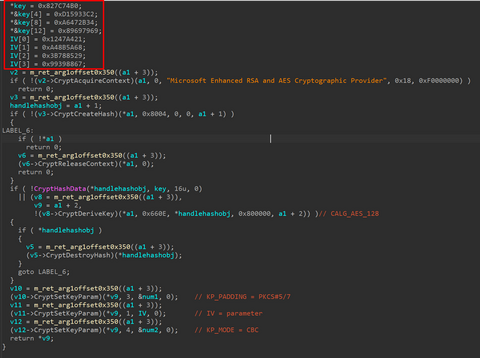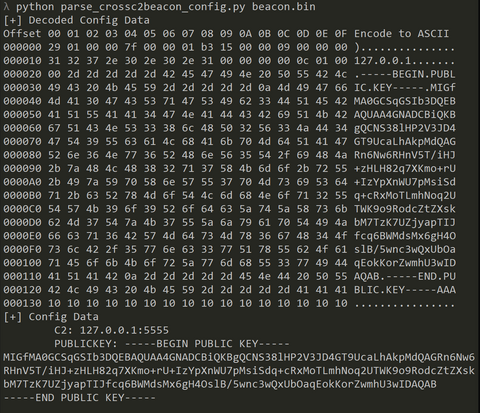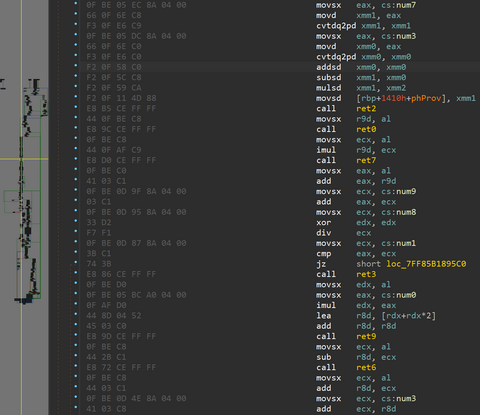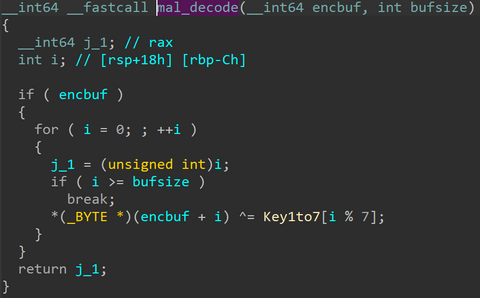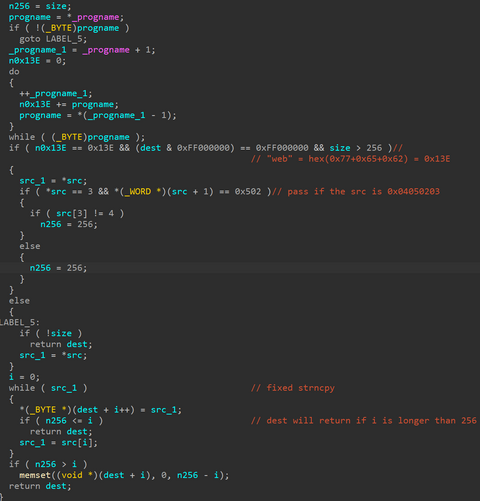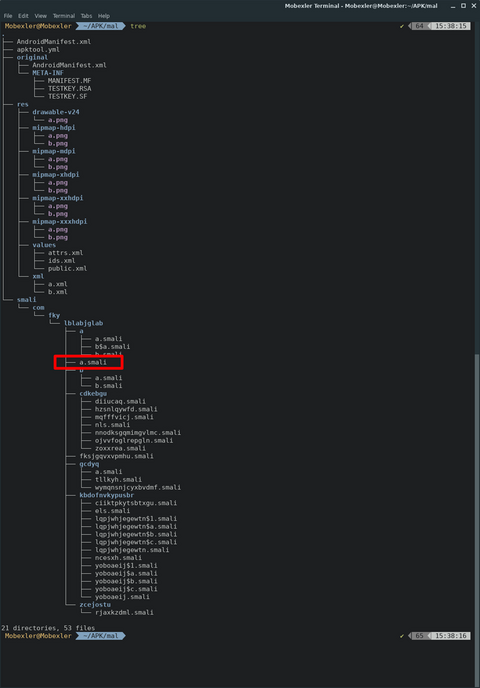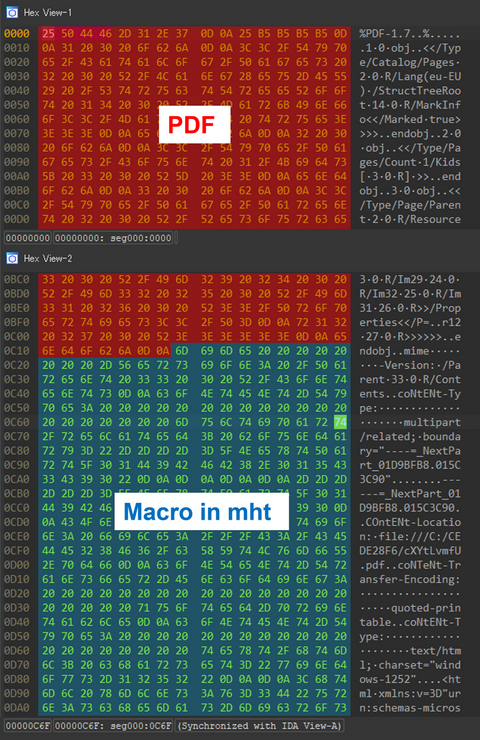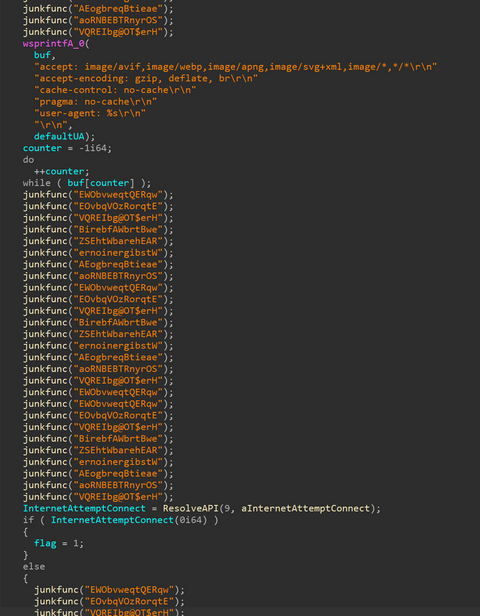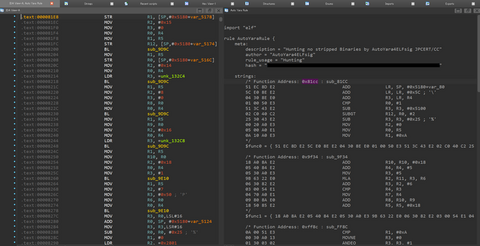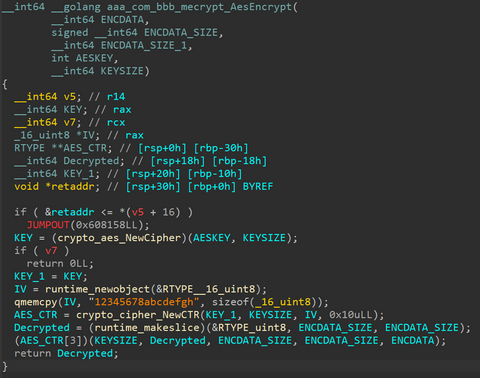In JPCERT/CC Eyes, we previously reported on attacks conducted by Atta...
List of “増渕 維摩(Yuma Masubuchi)”
-
-
From September to December 2024, JPCERT/CC has confirmed incidents involving CrossC2, the extension tool to create Cobalt Strike Beacon for Linux OS. The attacker employed CrossC2 as well as other tools such as PsExec, Plink, and Cobalt Strike in attempts to penetrate AD. Further investigation revealed that the attacker used custom malware (hereafter referred to as "ReadNimeLoader") as a loader for Cobalt Strike. Information submitted to VirusTotal suggests that this...
-
JPCERT/CC Eyes previously introduced the malware SPAWNCHIMERA and Dslo...
-
In a previous article of JPCERT/CC Eyes, we reported on SPAWNCHIMERA malware, which infects the target after exploiting the vulnerability in Ivanti Connect Secure. However, this is not the only malware observed in recent attacks. This time, we focus on another malware DslogdRAT and a web shell that were installed by exploiting a zero-day vulnerability at that time, CVE-2025-0282, during attacks against organizations in Japan around December 2024. Functionality of...
-
In January 2025, Ivanti published an advisory[1] regarding the vulnera...
-
When dynamically analyzing Android malware, it is currently difficult to follow its code using debuggers unlike Windows malware. Although there is a technique [1] to hook a method dynamically by Frida [2], obtaining the in-progress state of the method is still difficult, and since Frida is not a tool dedicated to Android, only limited information can be obtained. In this article, I introduce smali gadget injection technique as a more...
-
JPCERT/CC has confirmed that a new technique was used in an attack that occurred in July, which bypasses detection by embedding a malicious Word file into a PDF file. This blog article calls the technique “MalDoc in PDF” hereafter and explains the details of and countermeasures against it. Overview of MalDoc in PDF A file created with MalDoc in PDF can be opened in Word even though it has magic...
-
At the end of May 2023, JPCERT/CC confirmed an attack targeting developers of cryptocurrency exchange businesses, and it is considered to be related to the targeted attack group DangerousPassword [1], [2] (a.k.a. CryptoMimic or SnatchCrypto), which has been continuously attacking since June 2019. This attack targeted Windows, macOS, and Linux environments with Python and Node.js installed on the machine. This article explains the attack that JPCERT/CC has confirmed and the...
-
It has been observed that ELF malware removes symbol information during its build. This creates extra work in malware analysis to identify each function name because you do not know them. In addition, in IDA, an analysis tool, existing F.L.I.R.T signatures [1] (hereafter abbreviated as FLIRT signatures in this article) are often not applicable to ELF malware functions, making analysis difficult when right signatures are not found. This blog article...
-
JPCERT/CC has confirmed attacks that infected routers in Japan with malware around February 2023. This blog article explains the details of the attack confirmed by JPCERT/CC and GobRAT malware, which was used in the attack. Attack flow up to malware execution Initially, the attacker targets a router whose WEBUI is open to the public, executes scripts possibly by using vulnerabilities, and finally infects the GobRAT. Figure 1 shows the flow...

